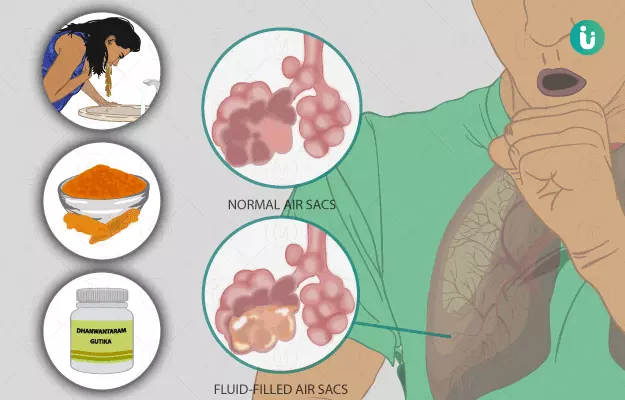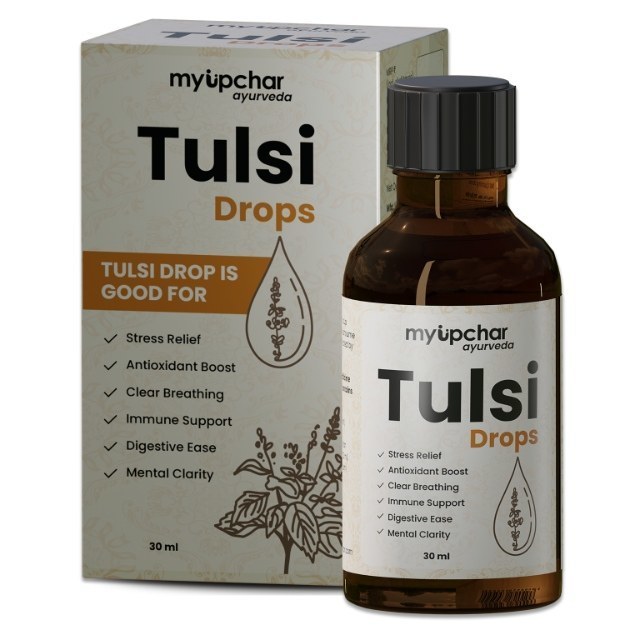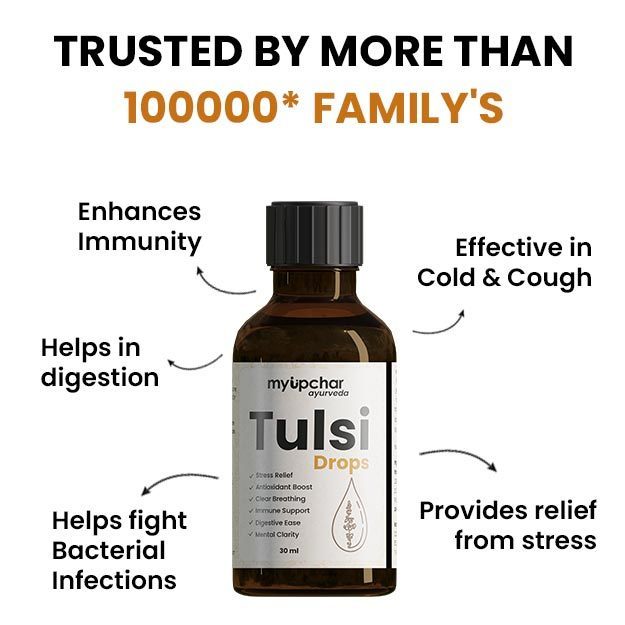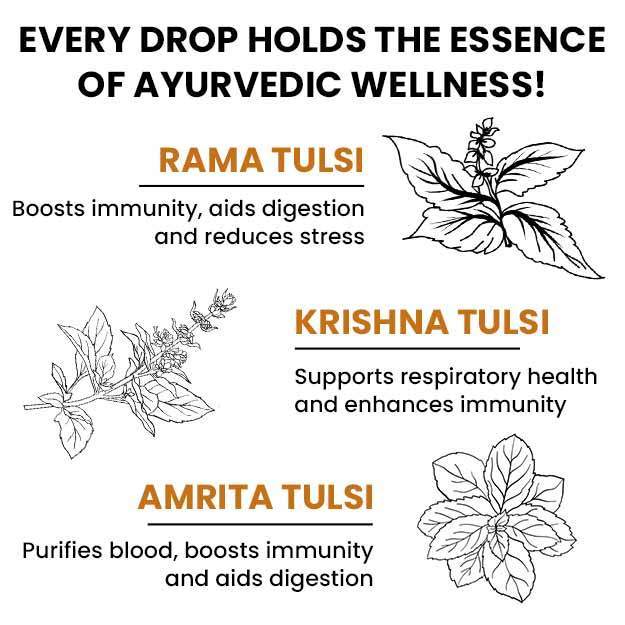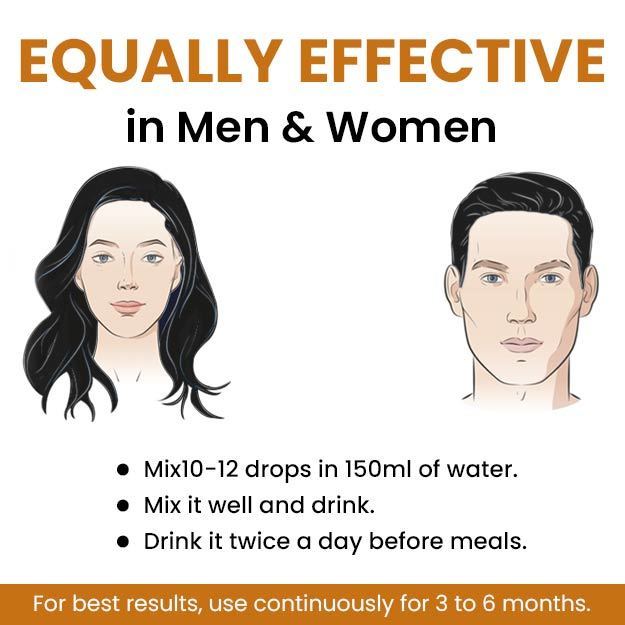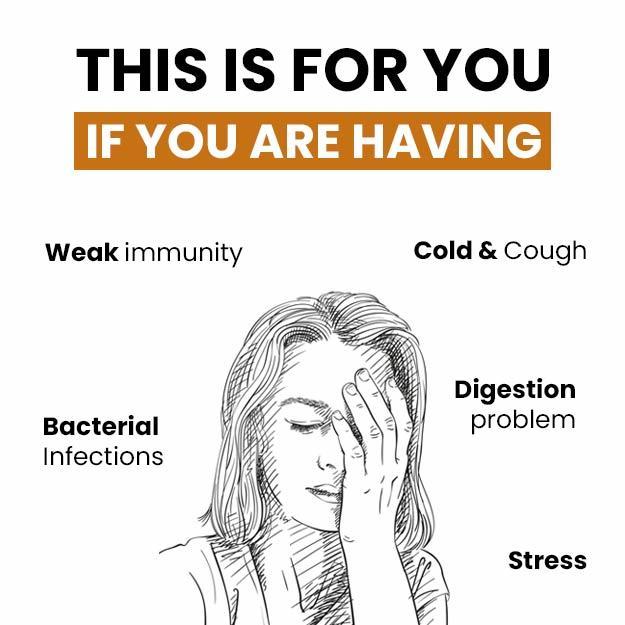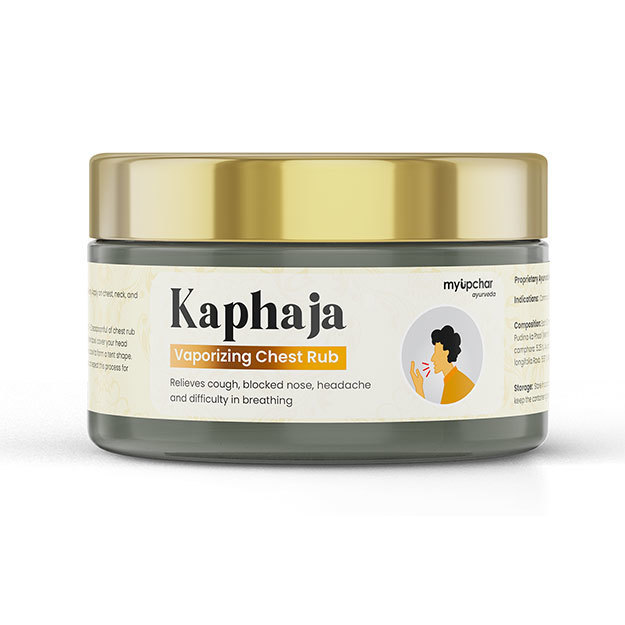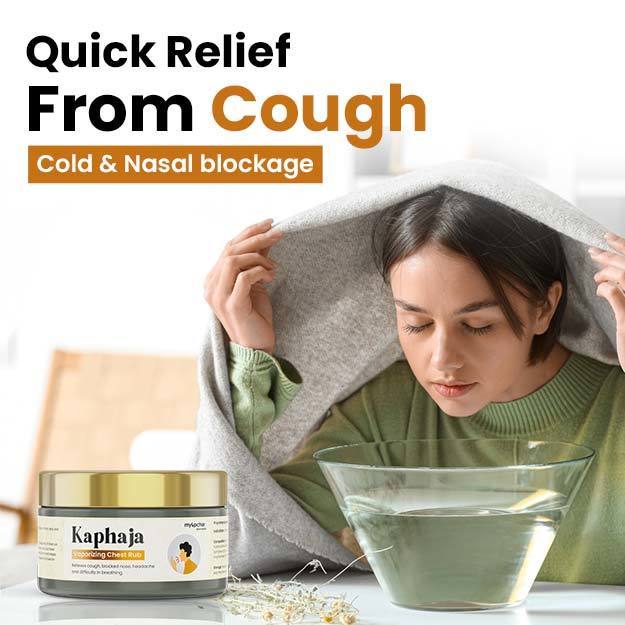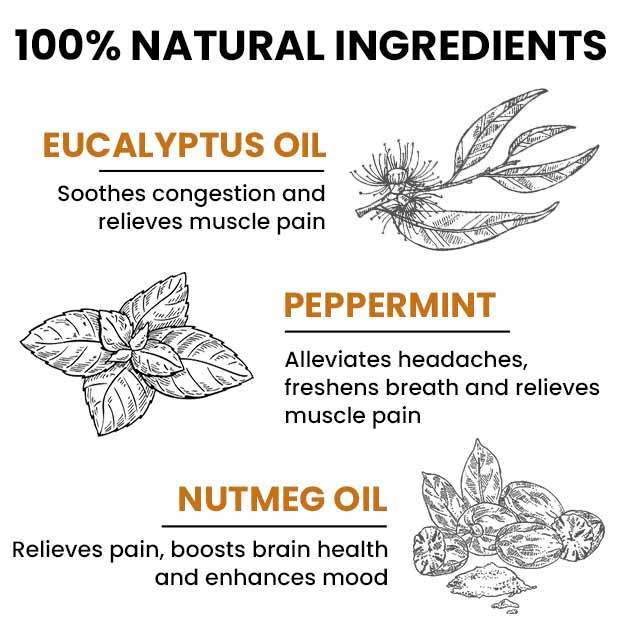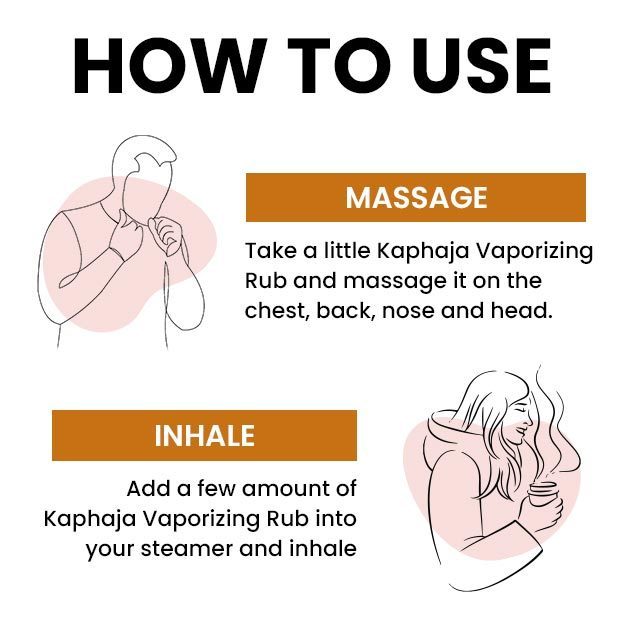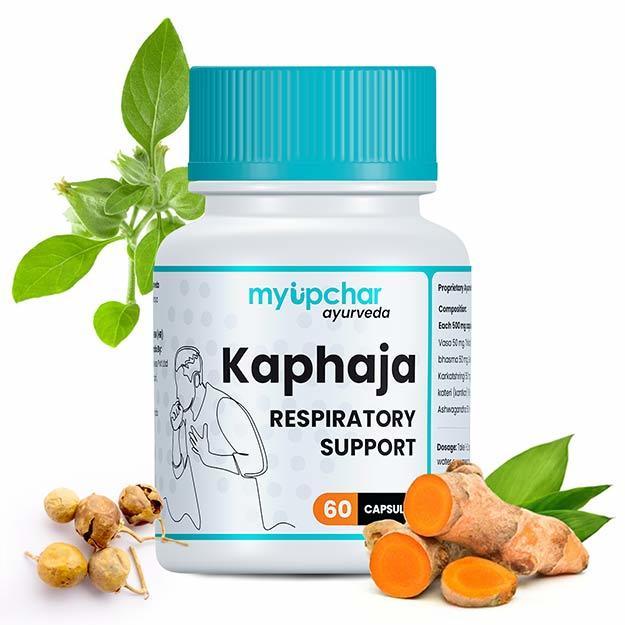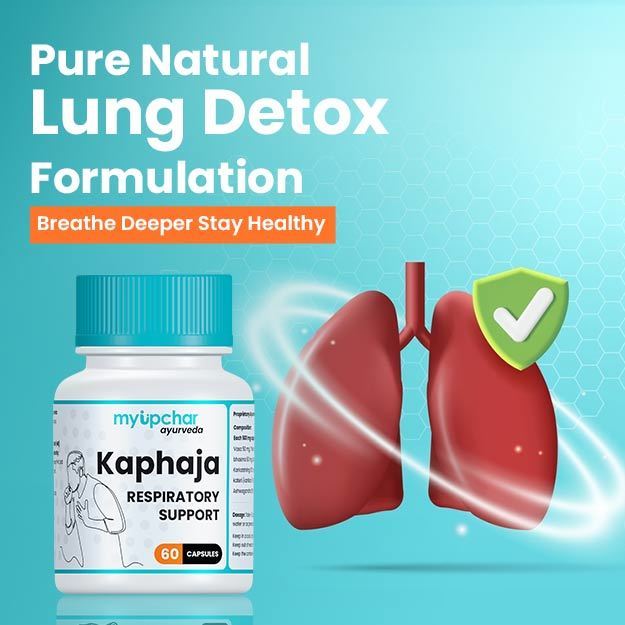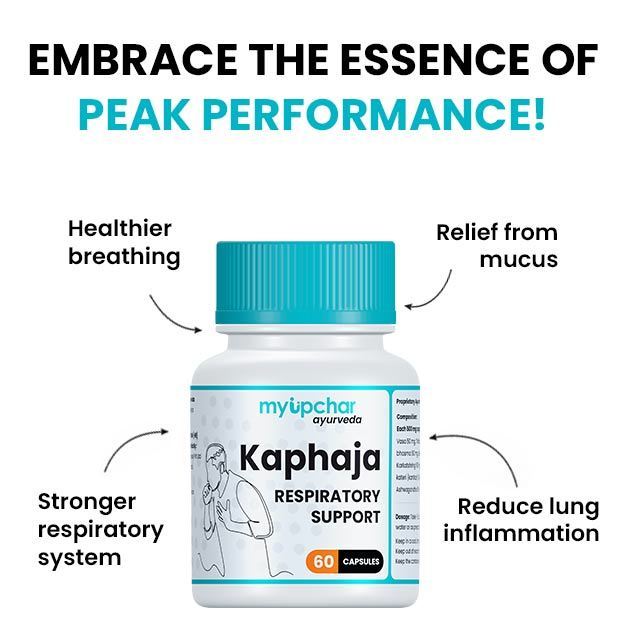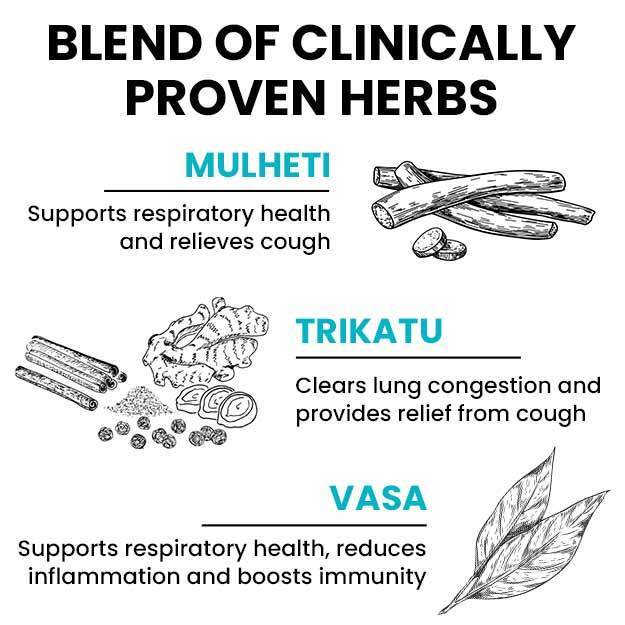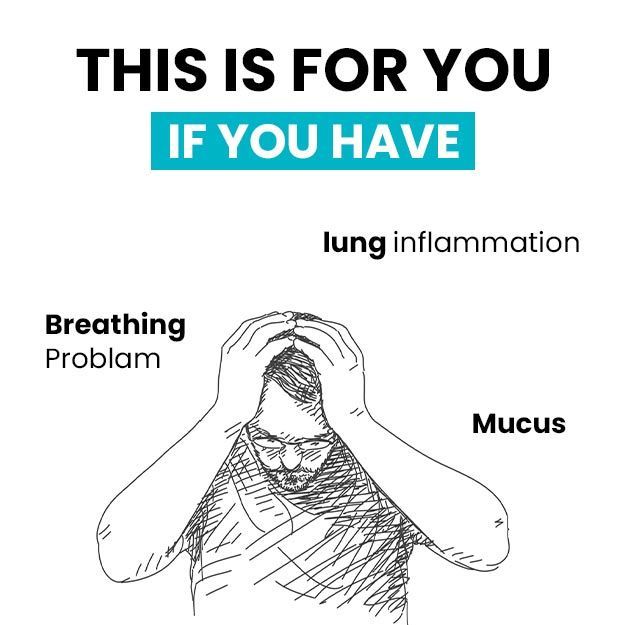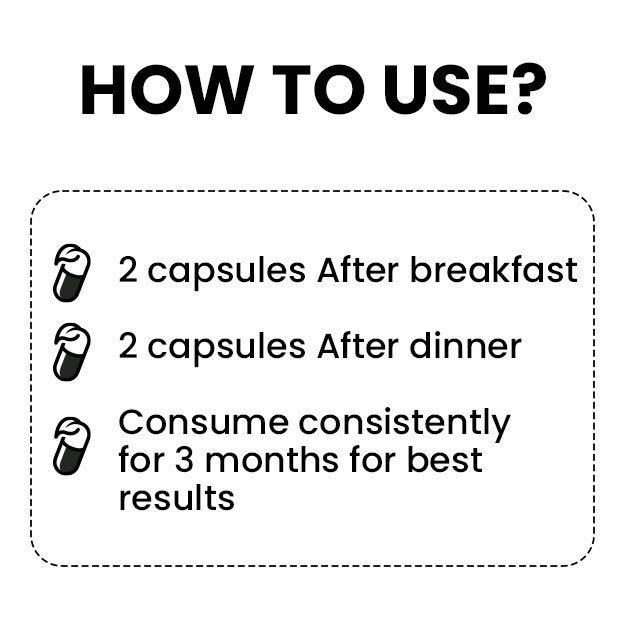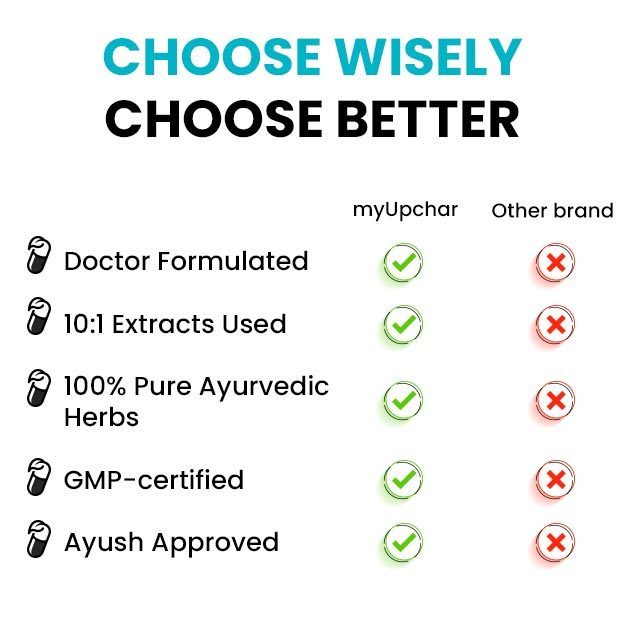Mucous is an unctuous, sweet, slimy, cool and soft substance that is produced by the body for protecting, and lubricating the internal viscera. Phlegm is as a thicker and more viscous form of mucus, which is produced due to various factors such as allergies, infections, smoking, and lung diseases. Stagnated food and gastric reflux may also cause excess mucus production and phlegm.
As per Ayurveda, phlegm is akin to vitiated kapha. Ayurveda describes panchakarma (five therapies) method of vamana (medical emesis) with herbs like vacha (calamus), khadira (black catechu) and vasa (Malabar nut) to eliminate phlegm from the body. Ayurvedic formulations of pippalyadi kwatha and shatyadi leha are also useful in reducing phlegm. Eating light foods and avoiding cold and contaminated foods along with following lifestyle changes such as quitting smoking helps prevent respiratory conditions that lead to production of phlegm.
- Ayurvedic view of phlegm
- Ayurvedic treatment for phlegm
- Ayurvedic herbs and medicines for phlegm
- Dietary and lifestyle changes for phlegm patient as per ayurveda
- How effective are ayurvedic medicines and treatments for phlegm
- Side effects and risks of ayurvedic medicine and treatments for phlegm
- Takeaway
Ayurvedic view of phlegm
As per Ayurveda, exposure to cold weather, suppression of natural urges, sleeping during the day and eating certain foods such as curd cause vitiation of kapha dosha, leading to increased production of phlegm in the body.
Disease conditions such as chronic bronchitis, chronic obstructive pulmonary disorders, bronchiectasis, cough with expectoration, allergies, rajyakshma (tuberculosis), tamaka shwasa (asthma), smoking, postnasal drip, sinusitis and microbial infections are some other causative factors for excess phlegm production.
Along with excess phlegm production, most people also experience headache, lethargy and a feeling of heaviness in the body. Coughing, wheezing and presence of a thick coating of mucous in oral cavity are some other associated symptoms of phlegm.
Nidana parivarjana, that is, avoiding the causative factors of disease is usually recommended as the first line of treatment for phlegm associated with cough and asthma.
Ayurvedic treatment for phlegm
- Nasya karma (nasal insufflation/errhine therapy)
- Nasya therapy involves instillation of herbs and medicinal formulations through nose.
- It is beneficial in toning and strengthening throat, neck and head muscles.
- This therapy also provides relief from stiffness in head, neck disorders, migraine, goitre, speech disorders and eyelid disorders.
- Bala (country mallow), vidanga (false black pepper) and musta (nutgrass) are some herbs that are commonly used for nasya therapy.
- Nasya therapy is indicated for the treatment of kaphaja shiroroga (sinusitis) to eliminate the vitiated kapha in the body and clear the sinuses located in the face and skull. This therapy is also helpful in the treatment of tamaka shwasa.
- Vamana
- Vamana therapy helps eliminate the excess pitta and kapha from body via the oral route.
- This method is mainly indicated for the treatment of sinusitis, respiratory conditions, rhinitis and heart conditions.
- Before performing vamana, snehana (oleation) and swedana (sudation or sweat therapy) are performed to loosen the phlegm in body channels and bring it into the digestive tract. The individual may be given fatty and greasy foods mixed with ghee (clarified butter) as internal oleation.
- As it helps in the expulsion of phlegm, vamana is an excellent choice of treatment for kapha-dominant diseases such as bronchial asthma and bronchitis.
- Virechana (purgation therapy)
- Virechana is used to eliminate excess pitta and toxins from the body via the rectal route.
- This therapy is useful in the treatment of many health conditions including gastrointestinal disturbances, jaundice, skin conditions, bleeding from the upper body parts, chronic jaundice, epilepsy and insanity.
- Virechana also provides relief from respiratory conditions like asthma and sinusitis, which are usually associated with phlegm.
- Internal oleation may need to be performed before administering virechana therapy.
- Improvement in appetite and a feeling of lightness is usually noted after purgation.
Ayurvedic herbs and medicines for phlegm
Ayurvedic herbs for phlegm
- Haridra (turmeric)
- Haridra has tonic, aromatic, and stimulant properties. It helps treat many health conditions including oedema, diabetes, cough, jaundice, skin disorders and urinary diseases.
- Being an antibacterial herb, it is useful in preventing bacterial infections like tuberculosis, which increase the production of phlegm.
- Turmeric also expels mucous thus providing relief from congestion and cough.
- You can take turmeric in the form of a decoction, infusion, paste, milk decoction or as per your physician’s direction.
- Vacha
- Vacha is a pungent-tasting herb that has rejuvenating and stimulant properties.
- It is a natural decongestant and expectorant, which reduces phlegm, clear congestion and promote tranquillity of the mind.
- Vacha acts on the nervous, respiratory, circulatory and reproductive systems.
- This herb is effective in the management of various diseases including arthritis, deafness, insomnia, neuralgia, headaches and sinusitis.
- You can take vacha in the form of a powder, decoction, paste, milk decoction or as per your physician’s direction.
- Vasa
- Vasa acts on the respiratory, nervous, excretory and circulatory systems and.has antioxidant, immunomodulating and anti-inflammatory properties.
- It is used to treat epilepsy, insanity, hysteria, bleeding gums, dysentery, swelling, skin conditions and neuralgia.
- Vasa is traditionally used for suppressing cough. It is effective in treating bronchitis, asthma, cough, tuberculosis and bronchial asthma.
- You can take vasa in the form of an extract, infusion, poultice, decoction or as per your physician’s direction.
- Khadira
- Khadira has tikta (bitter) and kasaya (astringent) properties.
- It is a is krimighna (worm-destroying) and kushthaghna (skin disease–destroying) herb and is helpful in reducing kapha and pitta doshas.
- Khadira also cleanses rakta dhatu and reduces fat.
- It is primarily indicated for the treatment of bronchitis, common cold, pulmonary affections and cough, most of which have excess phlegm as one of the major symptoms.
- When given in the form of gargles or mouthwash, khadira can treat pharyngitis, throat infections and laryngitis.
- Adraka (ginger)
- Adraka has aromatic, expectorant (expels phlegm), stimulant, digestive and pain-relieving properties.
- When taken in juice form, it provides relief from ardra kasa or cough with expectoration.
- Ginger also provides relief from sore throat, laryngitis, diarrhoea, delirium, nausea and vomiting.
- It cleanses throat and tongue, which helps eliminate phlegm from both these areas.
- Dry ginger helps reduce phlegm produced due to aggravated kapha.
- You can take ginger in the form of an infusion, paste, decoction, fresh juice, pill, powder or as per your physician’s direction.
- Pippali (long pepper)
- Pippali has pain-relieving and expectorant properties and it acts on the respiratory, digestive and reproductive systems.
- It increases digestive fire and is used in the treatment of gout, sciatica, paralysis, epilepsy, laryngitis, rheumatic pain and flatulence.
- Pippali also reduces kapha dosha, which assists in clearing out the phlegm associated with asthma, tuberculosis and bronchitis.
- You can take pippali in the form of an oil, infusion, powder or as per your physician’s direction.
- Yashtimadhu (mulethi)
- Yashtimadhu is a bittersweet herb with expectorant, tonic and rejuvenating properties. It acts on the excretory and respiratory systems.
- This herb is used to treat sore throat, abdominal pain, ulcers, inflammation and general debility.
- When mixed with ginger, it assists the treatment of flu, colds and laryngitis.
- Mulethi removes excess kapha from stomach and lungs and liquifies mucous, which makes it beneficial for eliminating phlegm from the body.
- You can take yashtimadhu in the form of a powder with ghee, decoction, milk decoction or as per your physician’s direction.
Ayurvedic medicines for phlegm
- Pippalyadi kwatha
- Pippalyadi kwatha is prepared using shunthi (dried ginger), nirgundi (five-leaved chaste tree), chitraka (leadwort), maricha (black pepper), bharangi (bleeding-heart plant), pippali, vasa and other herbs.
- This formulation is primarily indicated for the treatment of chronic bronchitis, particularly kaphaja kasa (chronic bronchitis caused due to kapha) and is helpful in eliminating excess phlegm produced in this condition.
- Shatyadi leha
- This Ayurvedic formulation is prepared from shunthi, musta, ativisha (Indian atees), shati (spiked ginger lily), haritaki (chebulic myrobalan), hingu (asafoetida) and various other herbs.
- You can take this medicine with takrodaka (buttermilk) or as per your physician’s direction.
- It is mainly indicated for removing excess phlegm in case of chronic bronchitis.
- Dhanwantaram gutika
- Dhanwantaram gutika is prepared using 17 herbs including ela (cardamom), camphor, haritaki, cumin, rose water and shunthi.
- This medication is used for reducing vomiting and hiccups. It also reduces phlegm in body and is hence recommended for the treatment of dyspnoea, rheumatic conditions, cough and tuberculosis.
- You can take dhanwantaram gutika with jiraka (cumin) decoction or as per your physician’s direction.
- Dashamoola kwatha
- Dashamoola kwatha is a decoction, prepared from gokshura (small caltrops), bel (golden apple), agnimantha (headache tree) and various other herbs.
- This medicine is indicated for hikka (hiccups), vatavyadhi (diseases caused due to aggravation of vata), ardita (facial palsy) and pakshaghata (paralysis).
- Dashamoola kwatha is also helpful in reducing excess phlegm production in case of asthma.
As treatments vary according to numerous factors and an individual’s prakriti, consult a qualified Ayurvedic doctor for the appropriate medications and treatments for your specific complaints.
Dietary and lifestyle changes for phlegm patient as per ayurveda
Do’s
- Include cereals like barley, old rice, and wheat; pulses like green grams; vegetables and fruits like grapes, brinjal, and patola (pointed gourd) in your diet.
- Consume sasthika rice, dry ginger, garlic, goat’s milk, honey, black pepper, jaggery, radish, drumstick, kulattha (horse gram) and cardamom.
- Exercise regularly.
Don’ts
- Do not consume tubers like potatoes and sweet potatoes,
- Avoid curd, maize, besan (chickpea flour) and mustard leaves.
- Do not consume fish and dry foods.
- Do not have cold water.
- Avoid smoking
- Do not suppress your natural urges such as urination and evacuation of bowels.
- Do not consume buffalo milk, curd and black gram.
- Do not sleep during the day.
- Do not sleep on the ground
- Avoid exposure to cold weather.
How effective are ayurvedic medicines and treatments for phlegm
In a clinical study, 50 patients with chronic bronchitis were given pippalyadi kwatha along with shatyadi leha and vasa swarasa (juice) for 48 days. Results were collected on the first, 15th, 30th and 48th day. Over the course of the study, significant relief was observed in 22 patients, and 26 patients reported moderate relief.
Side effects and risks of ayurvedic medicine and treatments for phlegm
- People with haematemesis, cachexia and heart diseases should not undergo emesis therapy. This therapy should not be performed in children and older people.
- Excess purgation during virechana therapy can cause weakness, syncope, abdominal pain, expulsion of blood-mixed discharge from anus and drowsiness.
- Excess nasya therapy can cause complications like increased salivation, headache and confusion.
- People with hepatitis, acute jaundice and excess pitta in their body should avoid haridra.
- Pippali can produce excess pitta in the body.
- Excess vacha consumption may cause rashes, nausea and vomiting.
Takeaway
Phlegm develops in the body due to multiple reasons like respiratory diseases, smoking, vitiated doshas, allergies and infections. Ayurvedic treatment for phlegm comprises administration of herbs and medications along with various therapies to suppress or eliminate phlegm from the body along with treating the underlying condition.
Quitting smoking, drinking lukewarm water, eating healthy foods, and taking preventive measures to avoid respiratory conditions also helps avoid excess phlegm production. Unlike conventional medications, Ayurvedic herbs and medicines show less or no side effects. They ensure improvement in overall health while treating diseases.
Find Ayurvedic Doctor in cities
Doctors for Ayurvedic medicine, treatment and remedies for Phlegm

Dr. Ayush Bansal
Ayurveda
2 Years of Experience

Dr. Megha Sugandh
Ayurveda
6 Years of Experience

Dr. Nadeem
Ayurveda
3 Years of Experience

Dr.Ashok Pipaliya
Ayurveda
12 Years of Experience
References
- Subhuti Dharmananda. A Study Guide to Phlegm-Resolving Herbs. Institute for Traditional Medicine.1998;
- Mary Cameron. Healing Landscapes: Sacred and Rational Nature in Nepal’s Ayurvedic Medicine. Siddhi Gopal Vaidya and Dr. Lokendra Man Singh.
- C.S. Maladkar. et al. Review on outshadhi Grahania Kala: A fundamental Factor in Ayurvedic Treatment Factor. Int. J. Res. Ayurveda Pharm. 8. (Suple1). 2017.
- S. Geetha Kumari. et al. Journal of Biological And General Opinion. Volume 1(4). 2017.
- Revathi G. et al. Clinical Trial on Thetreatment of Chronic Obstructive Lung Disease Through the Oral Administration of Siddha Herbal Formulation Swasakasathirku churnam. International Journal of Pharmaceutical and Clinical Research 2018; 10(4): 121-126.
- Shahnaz Sultana. et al. Cough Suppressant Herbal Drugs: A Review. International Journal of Pharmaceutical Science Invention. ISSN (Online): 2319 – 6718, ISSN (Print): 2319 – 670X.
- Central Council for Research in Ayurvedic Sciences. [Internet]. National Institute of Indian Medical Heritage. Handbook of Domestic Medicine and Common Ayurvedic Medicine.
- American Lung Association. [Internet]. Chicago, Illinois, United States. Cough Symptoms, Causes and Risk Factors.
- Mansi Verma. et al. A Pilot Study of the Efficacy of Ardhanareshwar Rasa Nasya in the Management of Kaphaja Siroroga(Sinusitis) . Int. J. Res. Ayurveda Pharm. 7(Suppl 4), Sep-Oct 2016
- Swami Sadashiva Tirtha. The Ayurveda Encyclopedia. Sat Yuga Press, 2007. 657 pages.
- Dr. Kanaka Lakshmi R. Role of Nasya Karma and Dhoomapana Karma in Management of Tamaka Shwasa. International Journal of Science and Research (IJSR). ISSN: 2319-7064 Index Copernicus Value (2016): 79.57 | Impact Factor (2017): 7.296.
- Dr. Kanaka Lakshmi R. Role of Nasya Karma and Dhoomapana Karma in Management of Tamaka Shwasa. International Journal of Science and Research (IJSR). ISSN: 2319-7064 Index Copernicus Value (2016): 79.57 | Impact Factor (2017): 7.296.
- Nishant Singh. Panchakarma: Cleaning and Rejuvenation Therapy for Curing the Diseases . Journal of Pharmacognosy and Phytochemistry. ISSN 2278- 4136. ZDB-Number: 2668735-5. IC Journal No: 8192.
- Bucheli P, Gao Q, Redgwell R, et al. Biomolecular and Clinical Aspects of Chinese Wolfberry.. In: Benzie IFF, Wachtel-Galor S, editors. Herbal Medicine: Biomolecular and Clinical Aspects. 2nd edition. Boca Raton (FL): CRC Press/Taylor & Francis; 2011. Chapter 14.
- India. Dept. of Indian Systems of Medicine & Homoeopathy. The ayurvedic pharmacopoeia of India. Govt. of India, Ministry of Health and Family Welfare, Dept. of ISM & H., 2007 - Medicine, Ayurvedic.
- Oushadhi. [Internet]. A Govt of Kerala. Gulika & Tablets.
- Subhash Ranade. Kayachikitsa. Chaukhamba Sanskrit Pratishthan, 2001.

